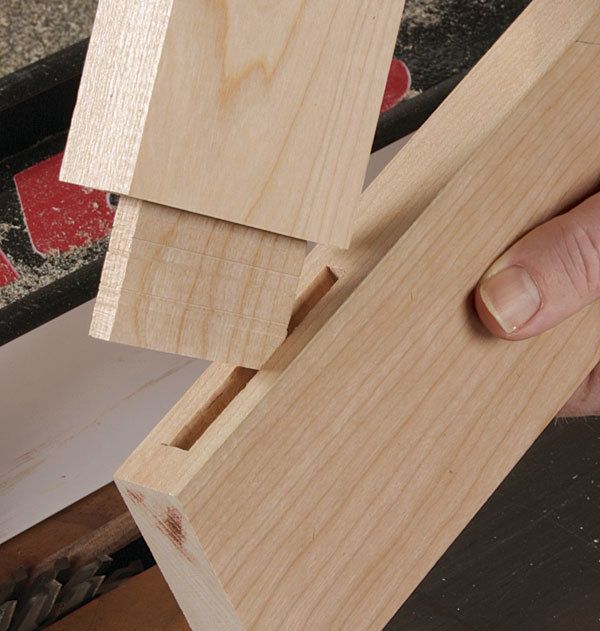The Best Way to Fit Tenons
Machines will get you close, but only a handplane will deliver a piston fit

Synopsis: A lot of woodworkers cut tenons with a tablesaw, only to get frustrated when the cheeks don’t fit perfectly and the shoulders are not aligned. It’s pretty tough to cut perfect tenons on a machine, whether you’re using a tablesaw, router, or bandsaw. A better plan is to cut it close and then dial in the fit with hand tools. Seeking the best tool for this job, Chris Gochnour compared shoulder planes, rabbet block planes, fillister planes, and bullnose planes. All are designed to cut into corners, leaving crisp, square edges and removing material methodically in a way that power tools cannot. Here, he shows what to look for in a joinery plane, how to dial in the machine cut to leave less paring to do, and which type of planes are best for trimming shoulders and cheeks.
A lot of woodworkers choose to cut tenons with a tablesaw, thinking it will be fast and dead-on, only to get frustrated when their “precise” setup results in ill-fitting cheeks or misaligned shoulders. Truth is, it’s hard to cut perfect-fitting tenons using just machinery, whether a tablesaw, a router, or a bandsaw.
A better approach is to cut the tenon close and dial in the fit using hand tools. But is there one that’s best for the job? To find the answer, I compared shoulder planes, rabbet block planes, fillister planes, and bullnose planes to see which one is best for trimming tenon shoulders and cheeks. All are essentially planes designed to cut into corners, leaving crisp, square edges and removing material methodically in a way that power tools cannot.
For a plane to be effective at trimming tenon cheeks and shoulders, it must have some basic characteristics. First, it must be adept at cross-grain and end-grain cuts, so it should have a low cutting angle. Precision manufacturing also is critical, and the way the blade aligns with the body is important for peak performance. The blade should silhouette the body accurately, projecting slightly (about 0.002 in.—the thickness of a sheet of paper) beyond each side and parallel with the sole to achieve the desired amount of cut. If the blade projects excessively from the side of the plane, it will dig into and mark the joint’s side. If it doesn’t project enough, the plane is pushed away from the corner and produces a sloping or wandering cut.
The sole of the plane should be flat and the plane sides should be perfectly square to the sole. The blade should hold up to the rigors of end-grain planing. As with any handplane, the depth and lateral adjustments should be easy and should hold. Finally, since these planes may be used in multiple positions, the body should be comfortable to grip with one or two hands.
I used all of the planes on tablesawn tenons to fine-tune the shoulders and cheeks, a job that involves tricky end-grain and crossgrain work. The stock was cherry, and the tenons were 1⁄4 in. thick by 4 in. wide by 1-1⁄4 in. long. I judged the planes based on the test, as well as on their fit and finish and ergonomics.
For the full article, download the PDF below.
Fine Woodworking Recommended Products

Olfa Knife

Pfiel Chip Carving Knife

Leigh Super 18 Jig








Log in or create an account to post a comment.
Sign up Log in